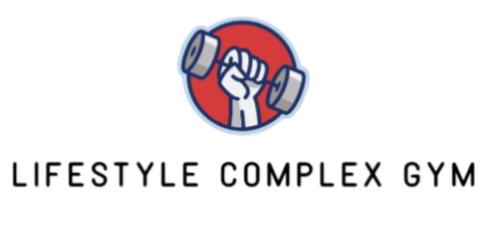In the mining industry, crushers play a critical role in the extraction and processing of minerals, making the selection of the right crusher an important decision for ensuring operational efficiency. Crushers are used to break down larger rocks into smaller, more manageable sizes, facilitating the subsequent stages of mineral processing. However, choosing the right crusher involves more than just picking a model; it requires an understanding of the types of crushers available and their features, and how these factors impact mining efficiency. The most common types of crushers used in the mining industry are jaw crushers, cone crushers, impact crushers, and gyratory crushers. Each type of crusher is designed for specific purposes and comes with distinct features that can influence the overall mining process. Jaw crushers are typically used for primary crushing, where large rocks are fed into the crusher and broken down into smaller, manageable pieces. The main advantage of a jaw crusher is its simplicity and ability to handle tough, abrasive materials. It is ideal for hard rocks like granite or basalt, which require a powerful initial break.
Cone crushers, on the other hand, are often used for secondary or tertiary crushing. They provide a finer and more consistent output size, making them ideal for reducing material to smaller sizes, typically in a closed-circuit operation. Cone jaw crusher are known for their ability to handle medium to hard materials and offer high reduction ratios. Their features include hydraulic adjustment settings, which allow for quick and easy modification of the output size, improving both efficiency and productivity. Impact crushers are another popular choice in the mining industry. These crushers use high-speed impact to break down materials, and they are particularly useful for processing materials that are brittle or soft. Impact crushers come in horizontal and vertical shaft configurations, each providing different advantages depending on the application. Horizontal shaft impact HSI crushers are typically used in aggregate and recycling industries, while vertical shaft impact VSI crushers are often preferred for producing high-quality, finely graded materials. One of the key features of impact crushers is their ability to generate cubical shapes, which is essential for high-quality aggregates in construction.
When selecting a crusher for mining, several features should be considered, including capacity, reduction ratio, and ease of maintenance. The capacity of the crusher refers to how much material it can process within a given time frame, and it directly affects the efficiency of the entire operation. A crusher with a higher capacity allows for faster processing, reducing downtime and improving overall productivity. The reduction ratio is another important factor, as it determines the size reduction achieved in a single pass through the crusher. Crushers with a higher reduction ratio are more efficient at reducing large volumes of material to a smaller size. In conclusion, choosing the right crusher is essential for optimizing mining efficiency. By understanding the different types of crushers and their features, mining operators can select the most appropriate model for their specific needs. Factors such as material hardness, capacity requirements, and reduction ratios all play a role in determining which crusher will offer the best performance. Moreover, features like ease of maintenance, energy efficiency, and operational flexibility should not be overlooked, as they can significantly impact the long-term success of a mining operation.

